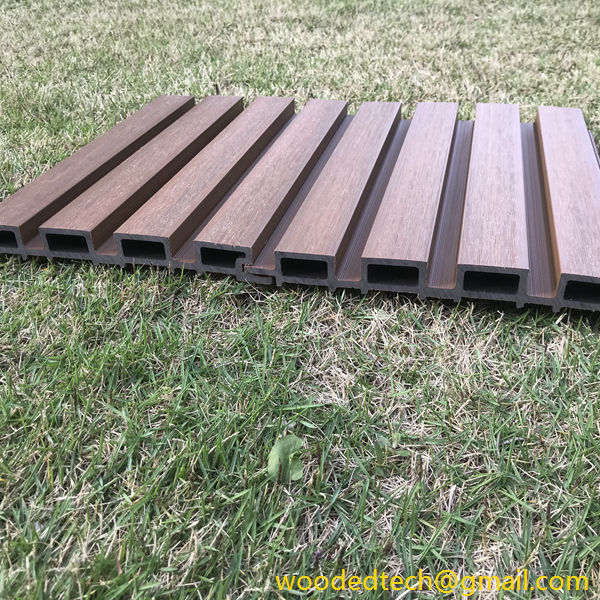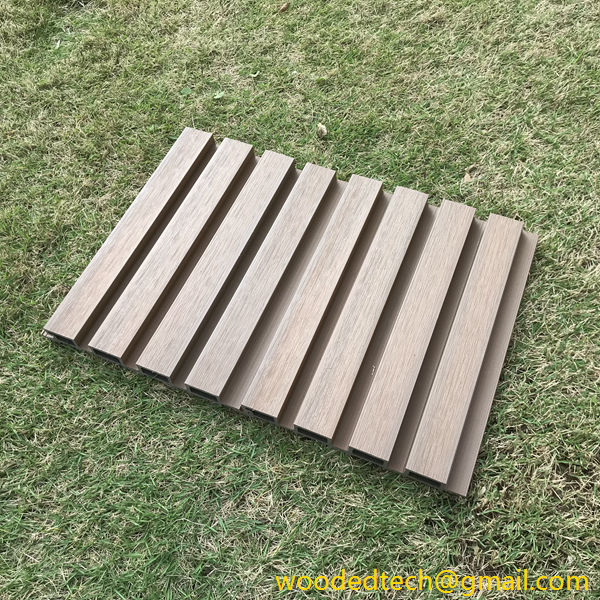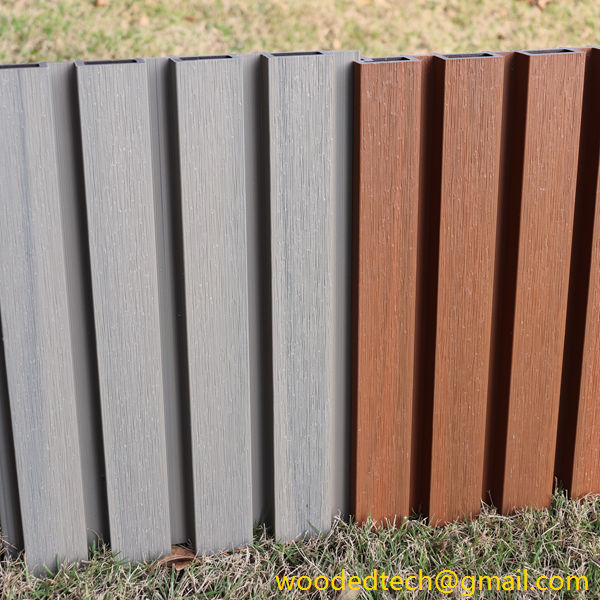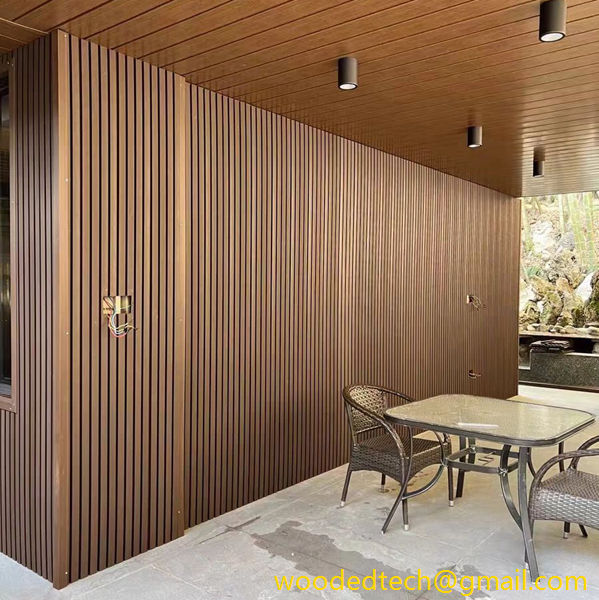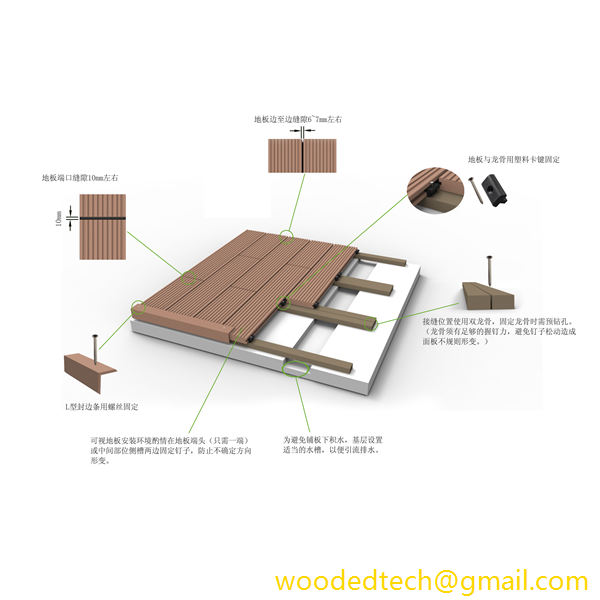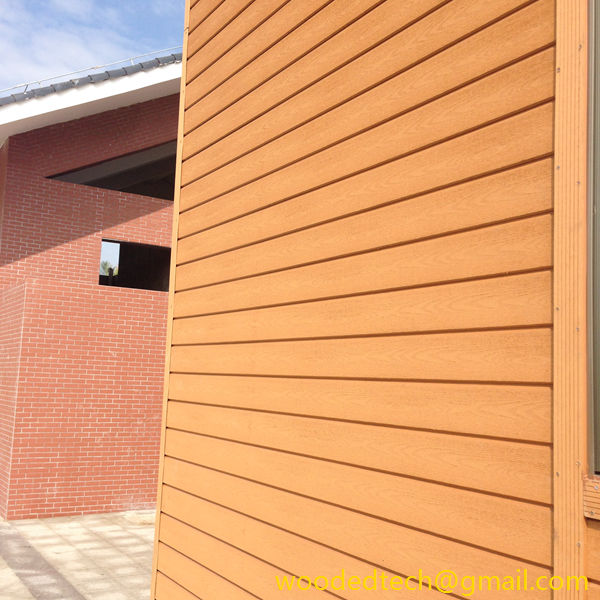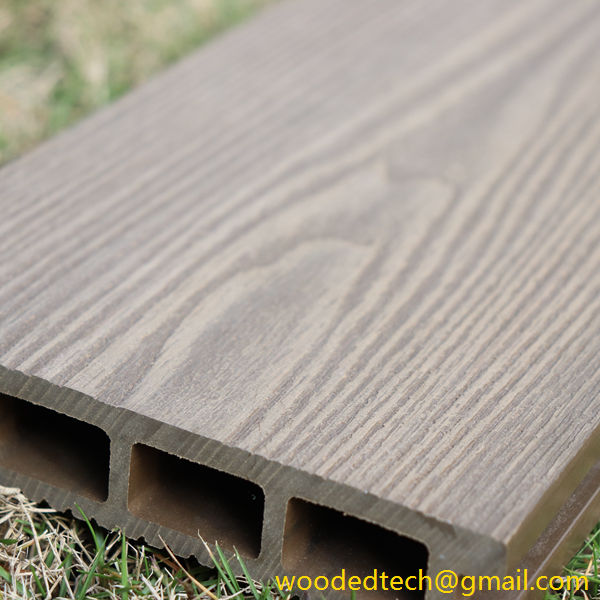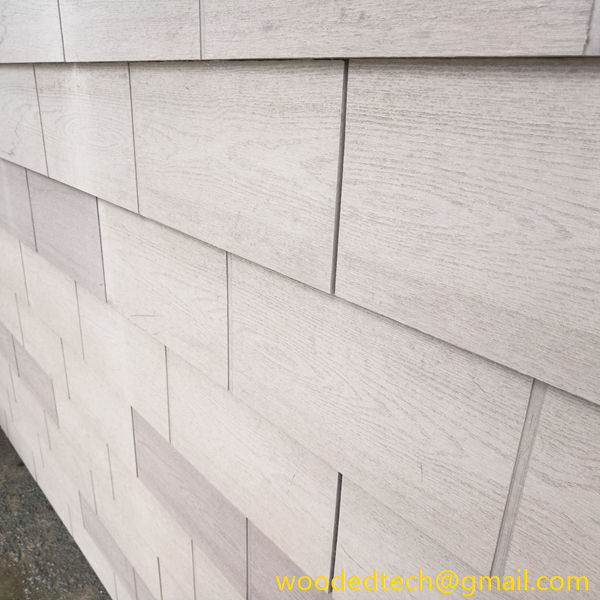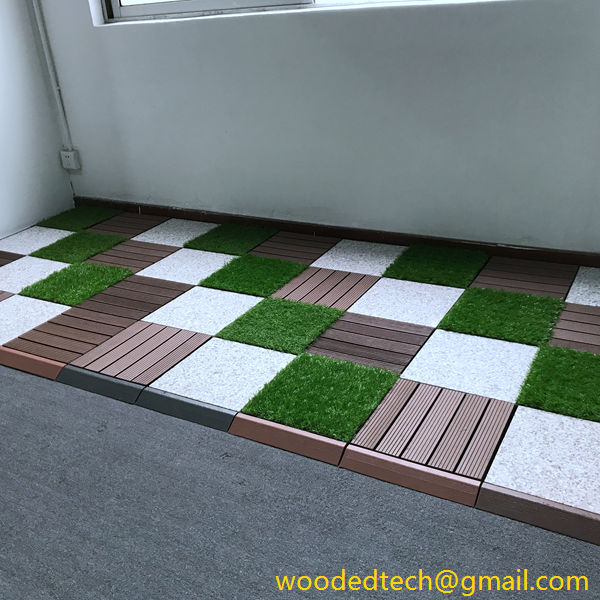Interiorismo creativo con paneles murales de madera y plástico
Diseño de interiores creativo con paneles murales de madera y plástico En el ámbito del diseño de interiores, la elección de los materiales influye significativamente tanto en la estética como en la funcionalidad. Entre la infinidad de materiales disponibles, los paneles murales de madera y plástico destacan por su versatilidad, durabilidad y atractivo estético. La integración de estos materiales en espacios interiores puede...
Interiorismo creativo con paneles murales de madera y plástico
In the realm of interior design, the choice of materials significantly influences both aesthetics and functionality. Among the myriad of materials available, wood and plastic wall panels stand out due to their versatility, durability, and aesthetic appeal. The integration of these materials into interior spaces can transform environments, allowing designers to create unique and innovative designs that cater to various styles and preferences.
Wood, as a traditional material, has been revered for its natural beauty, warmth, and texture. It offers a timeless appeal that can enhance the ambiance of any room. From rustic cabins to modern urban lofts, wood wall panels can complement a wide range of design themes. The grain patterns, colors, and finishes of wood can be meticulously selected to create a specific mood or atmosphere. For instance, lighter woods like birch and maple can brighten a space and create a sense of openness, while darker woods such as walnut and mahogany can add richness and sophistication.
On the other hand, plastic wall panels, often made from high-density polyethylene or polyvinyl chloride, have gained popularity due to their practicality and versatility. These panels can mimic the appearance of natural materials, including wood, stone, and even metal, while offering additional benefits such as water resistance, ease of maintenance, and cost-effectiveness. The wide variety of colors, textures, and patterns available in plastic panels allows designers to unleash their creativity, enabling them to craft spaces that are both functional and visually appealing.
Combining wood and plastic wall panels in interior design projects can yield stunning results. This approach not only highlights the strengths of both materials but also provides opportunities for creative expression. For example, a designer might use wood panels as a feature wall in a living room, paired with plastic panels in a complementary color to create a cohesive look that ties the space together. This juxtaposition can bring depth and interest to the design, allowing for a dynamic interplay between the warmth of wood and the sleekness of plastic.
In terms of functionality, wood and plastic wall panels offer distinct advantages that contribute to the overall performance of an interior space. Wood panels provide excellent insulation properties, helping to regulate temperature and improve energy efficiency. They also contribute to sound absorption, making them ideal for spaces where acoustics are a consideration, such as home theaters or music studios. Plastic wall panels, meanwhile, are impervious to moisture and mold, making them suitable for high-humidity areas like bathrooms and kitchens. Their longevity and resistance to wear ensure that they maintain their appearance over time, even in high-traffic environments.
The installation process for wood and plastic wall panels is another factor that designers appreciate. Both materials can be relatively easy to install, allowing for quick transformations of a space. Wood panels can be affixed to walls using adhesive or nails, while plastic panels often come with interlocking systems that simplify the installation process. This ease of application not only saves time and labor costs but also enables designers to experiment with different configurations and patterns, fostering creativity in the design process.
Sustainability is becoming an increasingly important consideration in interior design. In this regard, both wood and plastic wall panels can offer eco-friendly options. Many manufacturers supply wood sourced from sustainably managed forests, ensuring that the environmental impact is minimized. Additionally, certain plastic panels are produced from recycled materials, contributing to a circular economy and reducing waste. By choosing products that emphasize sustainability, designers can create interiors that are not only beautiful but also responsible.
Incorporating wood and plastic wall panels into creative interior design can also reflect personal style and preferences. For instance, homeowners may opt for custom designs that incorporate unique patterns or colors that resonate with their individual tastes. Designers can work closely with clients to develop bespoke solutions that reflect their vision, further enhancing the personalization of the space. This collaborative approach fosters a sense of ownership and pride in the final design, making it more meaningful to those who inhabit the space.
In conclusion, the use of wood and plastic wall panels in interior design offers a wealth of opportunities for creativity, functionality, and sustainability. By leveraging the unique properties of each material, designers can craft spaces that are not only visually striking but also practical and enduring. Whether through the warmth of wood or the versatility of plastic, the resulting interiors can reflect the personality and preferences of those who inhabit them. As technology continues to evolve, the potential for innovative designs using these materials will only expand, encouraging designers to push boundaries and explore new possibilities in creative interior design.

